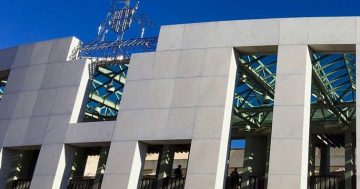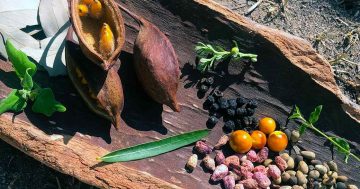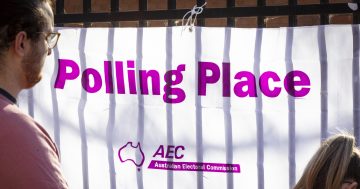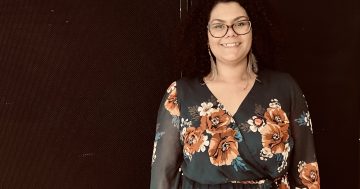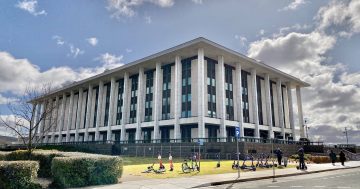
Tent embassy focus on protest not fully representative of Indigenous culture, says report. File photo.
A new natural history museum and the relocation of an expanded Australian Institute of Aboriginal and Torres Strait Islander Studies (AIATSIS) to the Parliamentary Zone are key recommendations from a federal parliamentary committee inquiry into the national institutions.
The inquiry report also calls for the national institutions to operate more as a group with a shared narrative to maximise marketing and tourism opportunities, and create efficiencies, such as a more coordinated approach to maintenance and shared storage space for collections.
The report says there are concerns the institutions are not working together to communicate the ‘shared importance of their telling of our national story, and why that is important to our society and our future’.
It urges more effort be made on collective branding and marketing, as well as better engagement with under-represented visitors, particularly new migrants.
The report acknowledged the disproportionate impacts of efficiency dividends on the institutions, recommending the Government consider measures to offset funding and staffing pressures including setting thresholds for institutions’ annual expenditure below which the efficiency dividend would be excluded or reduced, and reviewing staff caps.
It also singles out the decade-old Museum of Australian Democracy (MOAD) at Old Parliament House for attention, saying it has drifted from its original mission and is in need of review.
Committee chair, Liberal MP Ben Morton said the creation of a new national institution focused on the positive and comprehensive recognition of Australia’s rich Aboriginal and Torres Strait Islander culture was long overdue.
But this may throw into doubt the future of the Aboriginal tent embassy, which in past years has rejected overtures to evolve into a permanent institution.
“Sadly, the present representation of Indigenous Australia within the precinct of the Parliamentary Zone is chiefly one of protest and does not provide for a broader acknowledgement and demonstration of Australia’s rich Aboriginal and Torres Strait Islander history, language, heritage and culture,” Mr Morton said.
Mr Morton also said the new facility should include public exhibition space and be a national resting place for repatriated ancestral remains that cannot immediately return to country.
It should be developed under the leadership, and in comprehensive consultation with Indigenous Australians.
The Committee also recommended that the Government develop a business case for the establishment of a natural history museum in Canberra.
The report notes concerns about a disconnect between MoAD’s fundamental strategic role, and the direction of some of its engagement with the public, saying it has crept from its core focus and role.
“Its current and emerging focus on critical debates and discourse about democracy is best left to academic, think tank or media analysis,” Mr Morton said.
“In addition to conserving and presenting Old Parliament House and telling the story of Australia’s remarkable democratic heritage, MoAD should improve its focus on developing visitors’ understanding of our nation’s democratic history, inspiring faith in our democracy, and leaving visitors educated and excited about their agency in Australia’s political system and how they can play a more active part in it.”
The committee believes one way to do this would be to create centres for each political party, to ‘add their important role in Australia’s democratic history to the story told by our national institutions’.
It also believes programs run by the Australian Electoral Commission and the Parliamentary Education Office, including school visits, should be more accessible, and even suggests returning parts of Old Parliament House to Parliament House as a working extension.
The report recognises the urgent need for institutions to digitise their analogue audio-visual items before it is too late, and calls for a whole-of-government strategy on the issue.
The Committee’s inquiry examined a range of institutions, from those that are internationally recognised such as the Australian War Memorial, National Gallery of Australia and National Portrait Gallery, to those with a lower profile such as the Australian Institute of Aboriginal and Torres Strait Islander Studies (AIATSIS), National Archives of Australia and National Electoral Education Centre (NEEC).












